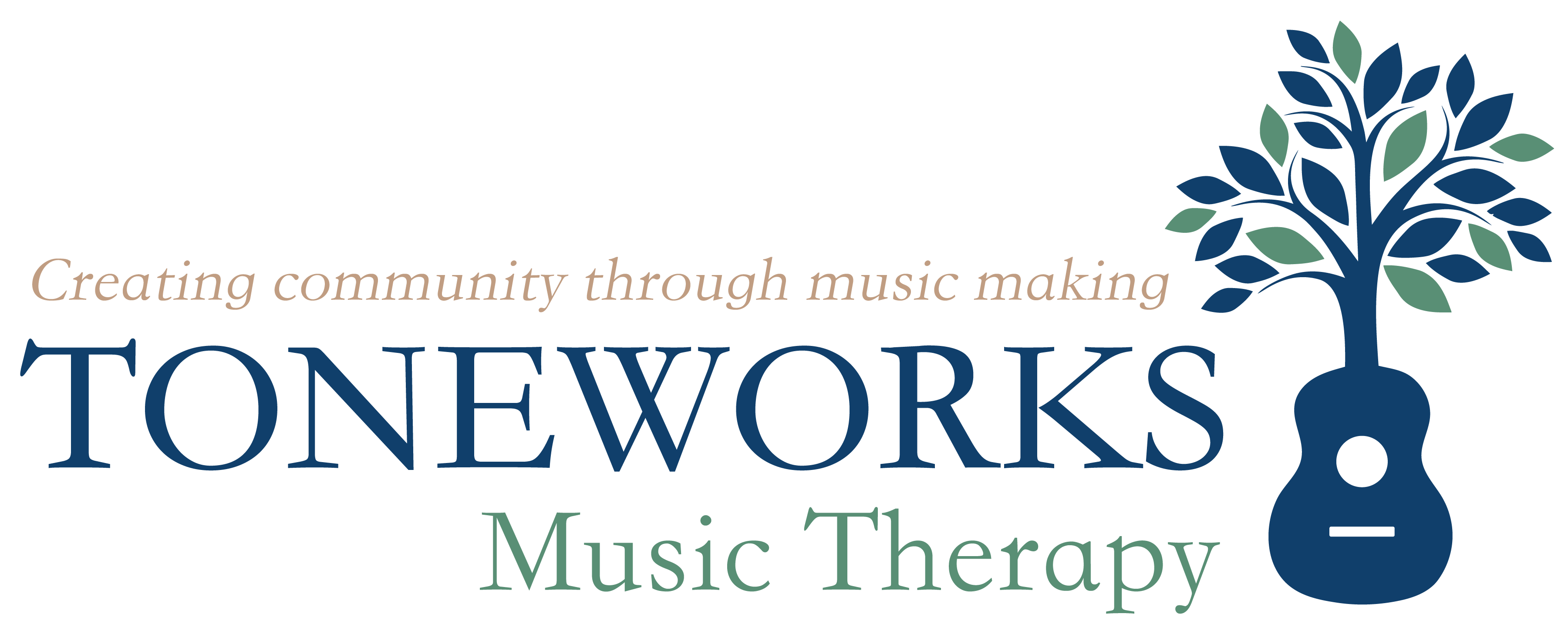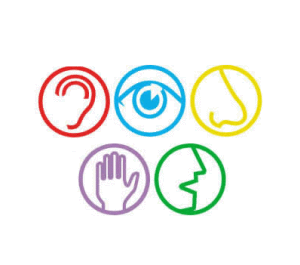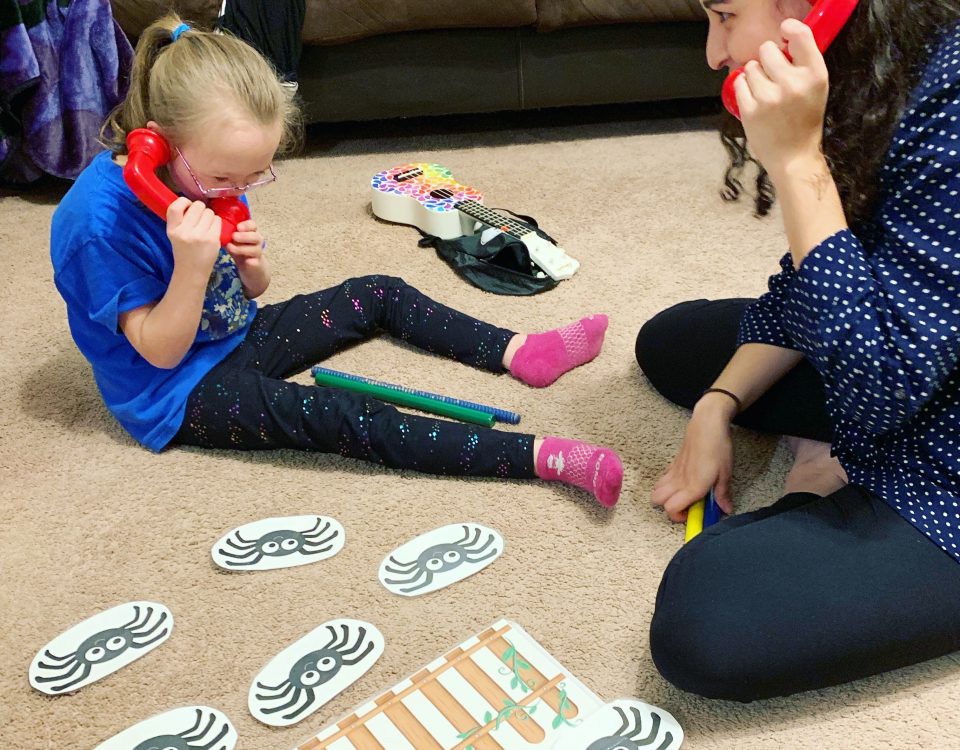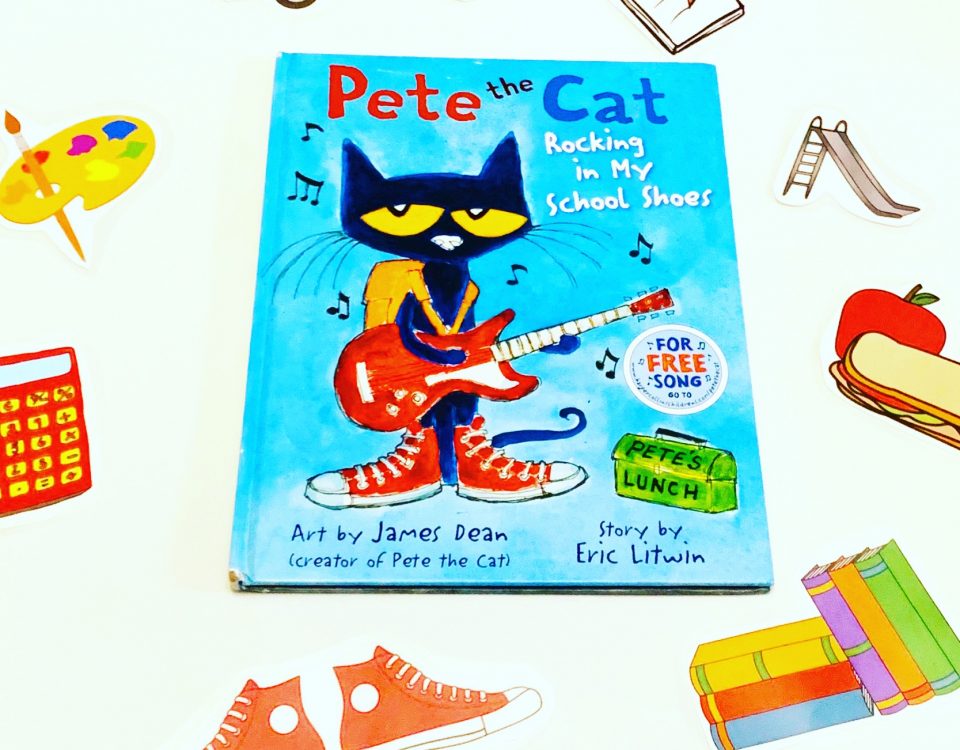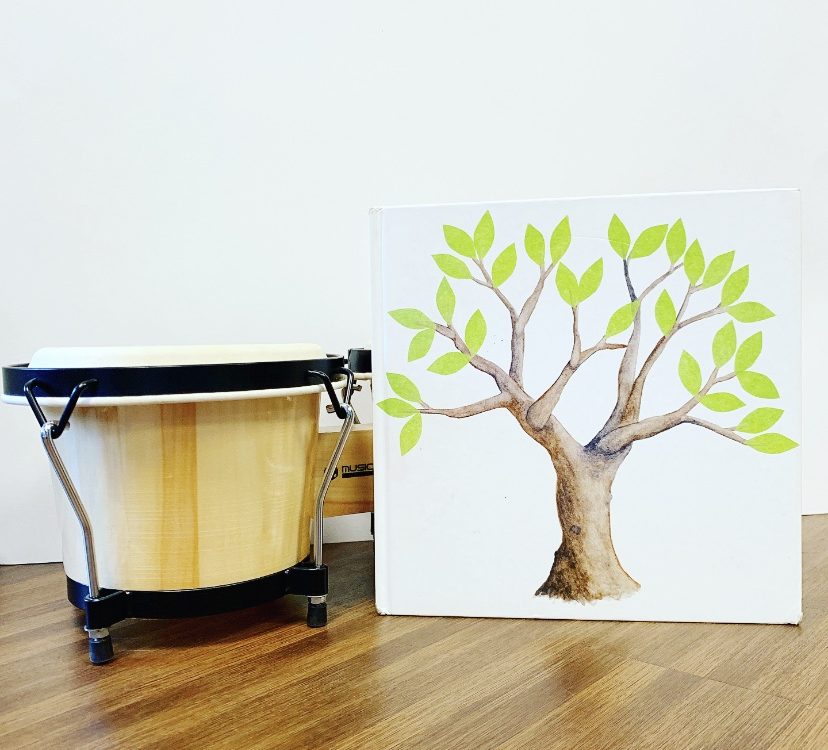Friday Roundup:{5 Sensory Instruments}
Monday Music and Movement: {Boogaloo}
Timeless Tunesday: {Oh Where Has My Friend Gone?}
Post by Alexa Rosenbaum, Toneworks intern
Many of the individuals we work with process sensory input in different ways; either they are overly sensitive to stimuli or they need extra input. It is important for us to find instruments that help clients become regulated so that they are able to be their most successful musical selves! Below I have listed 5 instruments that I believe appeal to various different senses and can be used in music therapy sessions.
1) Cabasa-The cabasa is a great instrument to fulfill a client’s vibrotactile needs. When playing this instrument, clients are able to simultaneously hear and feel the sound that is being produced. Smaller cabasas can be used like sensory brushes, and rubbed on a client’s arms and legs. I’ve even used this technique with infants whose skin is more sensitive, and the pressure can be adjusted to fit the client’s needs.
2) Ocean Drum- I have yet to work with a client who doesn’t enjoy the ocean drum, and just the soothing sound of the instrument helps to calm the body and mind. The client playing the ocean drum receives various modes of sensory input: the wave-like sound, the feel of the drum and weighted beads, and the visual of the beads moving across the drum. For even more tactile input, put some unscented lotion on top of the drum and have clients rub it around or write in it!
3) Triangle- Not only is the triangle shiny and fun to hold, but the vibrations created by hitting it with different amounts of force allows clients to adapt their movements to make the sound that they desire. There are many different sizes of triangles available, and they can either be held by the player or hung up on a stand so that the client is more easily able to see the vibrations created by their playing.
4) Kazoo– The kazoo is an instrument that is easy to play and is a fun way to sneakily address goals like vocal inflection and breath regulation. There are plastic kazoos like these from West music that come in a variety of bright colors, so not only are they providing vibrotactile input to the client’s mouth but they are fun to look at as well. A fun and simple song to do with kazoos is “If All the Raindrops”, and clients love the silly sound that their kazoo makes when they sing into it in different ways!
5) Xylophone-If large Orff instruments weren’t so hard to carry around, I would bring them to every session I do. The size of this instrument itself is novel to clients, and bars can be taken out and rearranged so that the notes clients play fit with whatever song you want to do. The vibration from the bars of the xylophone can be felt when holding the mallet and if the client needs more input they can place their hands on the side of the instrument.
